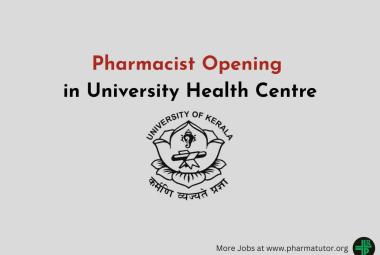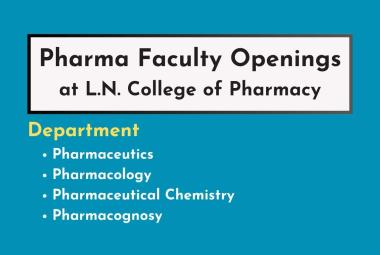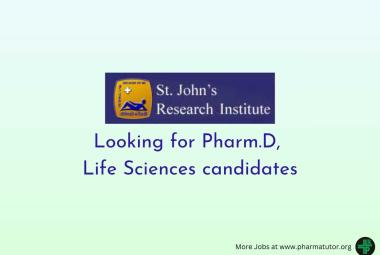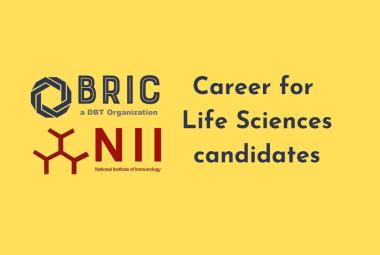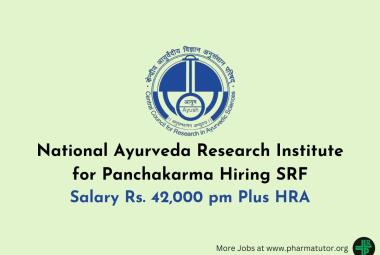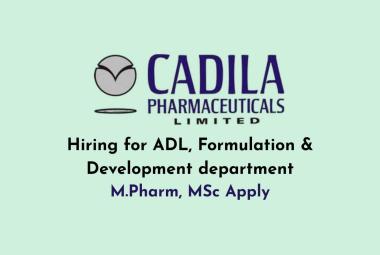SELF MEDICATION: REASONS OF SELF CARE IN PHARMACY STUDENTS
{ DOWNLOAD AS PDF }
ABOUT AUTHORS
Muthyala Nagavamsidhar*1 , Athifa Benzeer1, Suman A1., Altaf M.1, Qadrie ZL.2
*1 Department of Pharmacy Practice, Pratishta Institute of Pharmaceutical Sciences, Suryapet, Hyderabad, Telangana
2 Department of Pharmacy Practice, Pratishta Institute of Pharmaceutical Sciences, Suryapet, Hyderabad, Telangana
ABSTRACT:
Background: A self medication is most common in almost all countries on the globe. The practice of self care is high in both educated and uneducated population .These practice of self medications has both beneficial and potential risk and need proper knowledge towards the self care.
Objectives: The objectives of study were: To know the reason for self medications and to determine the practice of self medication for various illness and use of over -the -counter drugs
Methods: In this cross-sectional study, a validated self-administered, questionnaire was used to collect data among pharmacy students.
Results: Of the 117 students, 36 were males and 81 were females. Out of 117 students, 53 students practice self medications for minor illness and remaining reported various reasons for self care. Most commonly consumed OTC medications are analgesics for fever and pain.



